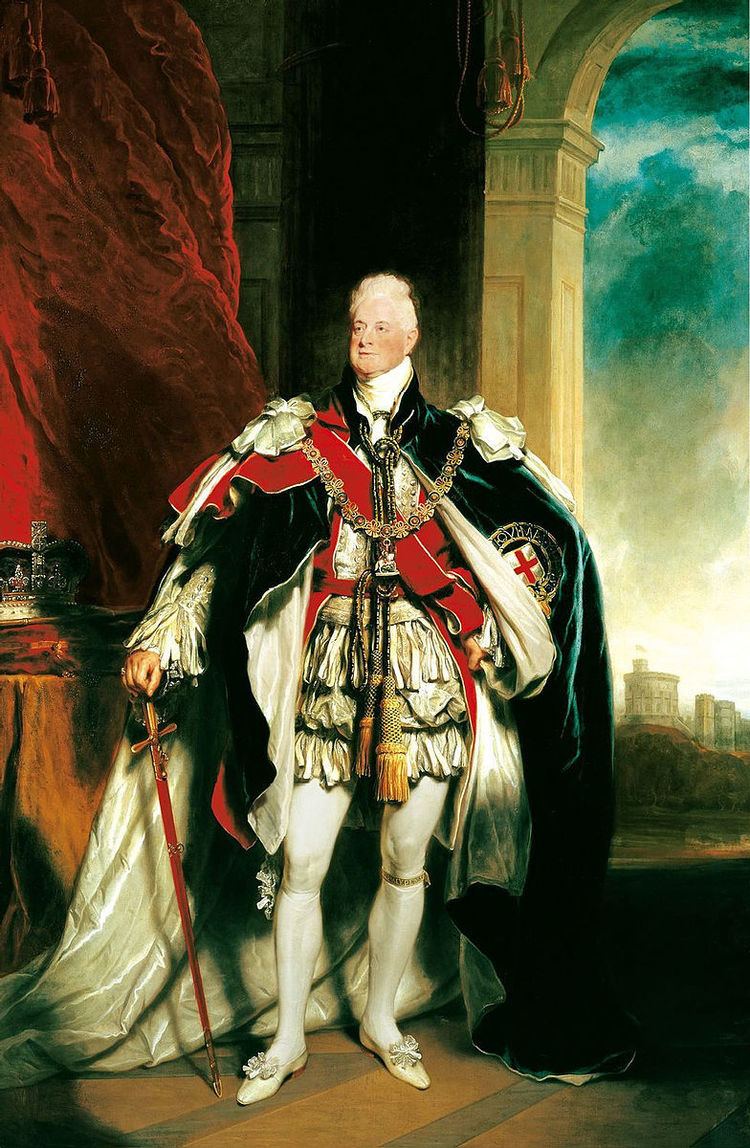 | ||
Duke of Clarence is a title which has been traditionally awarded to junior members of the British Royal family. All three creations were in the Peerage of England.
Contents
- Dukes of Clarence first Creation 1362
- Dukes of Clarence second Creation 1412
- Dukes of Clarence third Creation 1461
- Duke of Clarence and St Andrews 1789
- Earls of Clarence 1881
- Duke of Clarence and Avondale 1890
- References
The title was first granted to Lionel of Antwerp, the second son of King Edward III, in 1362. Since he died without sons, the title became extinct. The title was again created in favour of Thomas of Lancaster, the second son of King Henry IV, in 1412. Upon his death, too, the title became extinct. The last creation in the Peerage of England was for George Plantagenet, brother of King Edward IV, in 1461. The Duke forfeited his title in 1478, after he had been convicted of treason against his brother. He allegedly met his end (according to William Shakespeare) by being drowned in a butt of Malmsey.
A fourth creation in England was suggested and planned to take effect; the title of Duke of Clarence was going to be given to Lord Guilford Dudley, husband of Lady Jane Grey, upon her coronation, as she declined to make her husband king consort. However, she was deposed before this could take effect.
Two double dukedoms, of Clarence and St Andrews and of Clarence and Avondale were later created for British royal princes. The title also took the form of an earldom for Queen Victoria's son Prince Leopold, Duke of Albany and his son Prince Charles Edward, the Clarence earldom being a subsidiary title.
The title is said to originate from the town of Clare, Suffolk, which was owned by the first duke of Clarence, Lionel of Antwerp. His wife, Elizabeth de Burgh, 4th Countess of Ulster, was a direct descendant of the previous owners, the de Clares, and the Manor of Clare was among the lands which she brought to her husband. After the Union of the Crowns in 1603, the holders of the title were also given titles including Scottish place names: St Andrews and Avondale.
